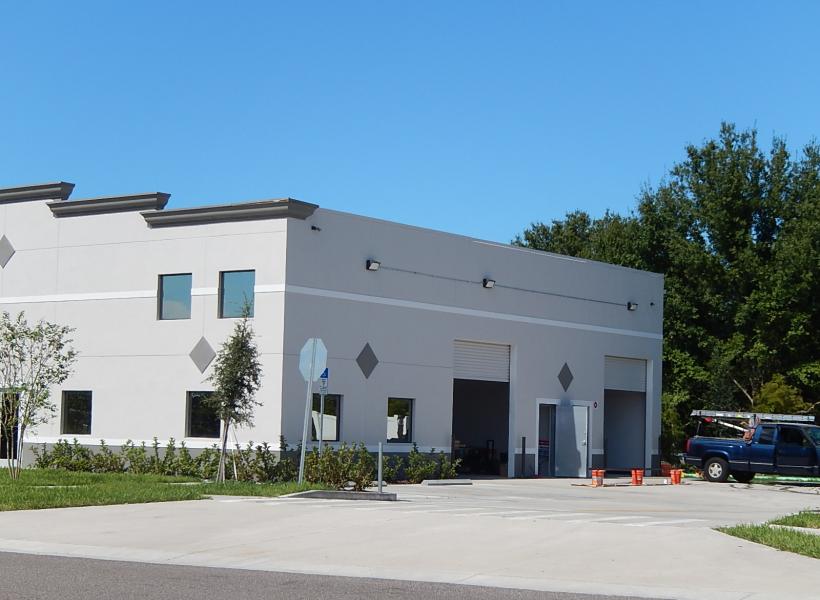Owning the building in which you operate your manufacturing, distribution, or service business can offer huge benefits. You fix your “rent” for a long period of time, you capitalize on the appreciation of the building, certain tax benefits may apply, and if the ownership is structured correctly, you pay yourself each month rather than a landlord.
But before you rush out to buy an industrial building, I believe it is important to calculate the true cost of ownership.
Additionally, leasing a building might make more sense than buying a building if your company’s growth plans will exceed the building’s capacity in the next three to five years, if your company is consuming operating capital to fuel that growth, if the business has been unprofitable for two of the past three years, if you are planning to sell your business in the foreseeable future, or if the ownership of the company has multiple members or is publicly traded.
Once you have determined that buying is the way to go, what are the TRUE costs of ownership?
Financing costs. Unless your wealthy grandfather left you a bundle, chances are you will finance the purchase of your commercial real estate. Depending upon the amount of your down payment, you will be borrowing a portion of your purchase price. That portion will carry an interest rate and be paid back over a number of years. A part of your payment, monthly, will be interest and a part principal. The total payment is known as debt service. With today’s super low interest rates, lock in for as long as you can. This will fix your servicing costs for years to come.
Property taxes and insurance. In addition to the debt service described above, you must add in the monthly costs of property taxes and insurance. Property taxes are due in November. Most owners budget for this expenditure by setting aside the monthly sum. Insurance on the property must also be paid. Generally, you pay for property insurance annually. But, akin to property taxes, most owners budget for this annual expense monthly.
Maintenance costs. Systems within the building must be maintained and replaced once they eclipse their useful life. Such systems include air conditioning, heating, warehouse sprinklers, power panels, plumbing, roof, etc. Typically, monthly, quarterly, or annual maintenance programs are employed but it is smart to build a reserve each month in the event one of the systems fails and must be replaced. Take a look at the condition of these systems when you buy the building. I recommend generating a report that budgets major expenditures over the first five years of ownership.
Return on your investment. The money you invest to purchase the building (down payment) should be added to other transaction costs such as lender points, appraisals, environmental reports, legal fees, and reserve accounts. All of these monies are your investment into the building. It is reasonable to expect a return on this investment, however meager. Keep in mind, if you are buying a building to house your business, you and your business have other uses for the capital – some uses will earn you and the business great returns.
Miscellaneous costs. Mowing the grass, trimming the trees, replacing broken sprinklers, mopping the floors, disposing of the trash, sweeping the parking lot, watering the landscape, etc. all are costs that you will incur – even if you have an employee accomplish the tasks. Account for the expense in your true cost.
The acid test. Once all of the costs are computed and totaled, compare your true cost of ownership to the lease rates for comparable buildings. If the cost of ownership exceeds the market lease rates by 20%, rethink your purchase. You might be better off leasing.
- alantrauger's blog
- Log in to post comments
